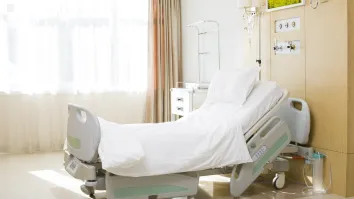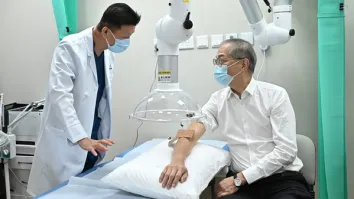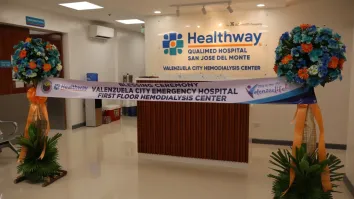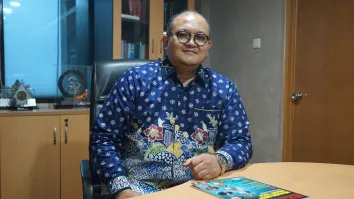Medical Tourism in SE Asia: What it is, and What it isn’t
By James RaussenEndless beaches, large leafy plants, robust tropical weather, and exotic fruits. Sounds like a luxury travel magazine perched on a bookshelf in the waiting room of a doctor’s office, right? Where is this magical place being described?
There are many possible answers to that question, so it requires a bit more information. You can also add: frenzied large cities with motorbikes jammed at every intersection during rush hour, and eager street vendors selling copious amounts of vegetables, juices, grilled meats, and fish, while children leave school in their obligatory uniforms. Only one part of the world checks all of the boxes for this, and that is Southeast Asia.
In this tropical terrain, there are many subjects one can discuss, and many people do. However, a new buzzword is emerging in this part of the world: medical tourism. With the exception of Thailand (which has been at it for more than a decade), many people in and around Southeast Asia are now starting to promote it. But they are discussing it from two different aspects.
First, as a destination for tourists who want to have a medical procedure performed at a lower price. And secondly, these same developing countries that have now obtained more wealth, have upper-class citizens traveling to more established countries to have serious and complicated surgeries performed, along with disease management, and receive the latest innovation in healthcare.
If we first look at inbound patients, that is, people traveling to Southeast Asia for medical care, there are some clear trends and success stories. The two leaders in the region are Singapore and Thailand. Singapore does not bring in a high volume number of patients, but it consistently brings in higher-wealth Asians who desire to meet with medical specialists for second opinions on difficult cases, secure the most modern medical treatments and surgeries, and look for leadership on rare disease management.
Singapore has done an excellent job over the years of strengthening its relationships with the top U.K. and American medical universities which has benefited them in multiple ways.
On the other hand, Thailand has a strong cohesive strategy for inbound medical tourism with various domestic partners and is the only country in SE Asia with the full support of its own government. Hospitals, clinics, travel agencies, hotels, and even airlines, work together to create an environment where medical tourism is welcome and good service is promoted. Thailand evolved into this role by having Thai doctors trained overseas (primarily in America) and having investment partners that believe in a long-term strategy. Thailand currently has 60 medical clinics, hospitals, and wellness centers that are internationally accredited by JCI (Joint Commission International), which is more than any other country in the region.
It’s safe to say (for now), that Indonesia is not a part of this same discussion. While Indonesia is known for its wellness clinics in Bali, that’s pretty much the extent of it. Indonesia still struggles with overcrowded hospitals, lack of proper medical funding, and antiquated medical training. Malaysia, while certainly having established hospitals and above-average medical care (primarily due to being a former British colony), medical tourism has not been a priority until recently.
Malaysia also doesn't have a reputation for customer service and tourism like its neighbor to the north, Thailand. Lastly, the Philippines and Vietnam provide options for medical tourism in the dental field only. Low labor costs combined with less complicated and more straightforward procedures, make these two countries attractive for this type of specific medical tourism.
On the opposite side of the coin, these countries are starting to become more transient for their own healthcare needs. As their income increases, citizens in Vietnam, Cambodia, and others are realizing they have other healthcare options outside their home country. In 2019, before Covid, more than 50,000 Vietnamese patients received medical treatment in a different countries. Many of those patients traveled to America, Europe, and Japan.
Those patients are looking for the latest in healthcare innovation, or doctors with specialties in certain fields (cardiology, oncology, transplants, etc.) to take care of their pressing medical needs.
So as the world continues to recover in this post-pandemic era, note that Southeast Asia is becoming a growing opportunity for both patients and healthcare providers.




















 Advertise
Advertise








